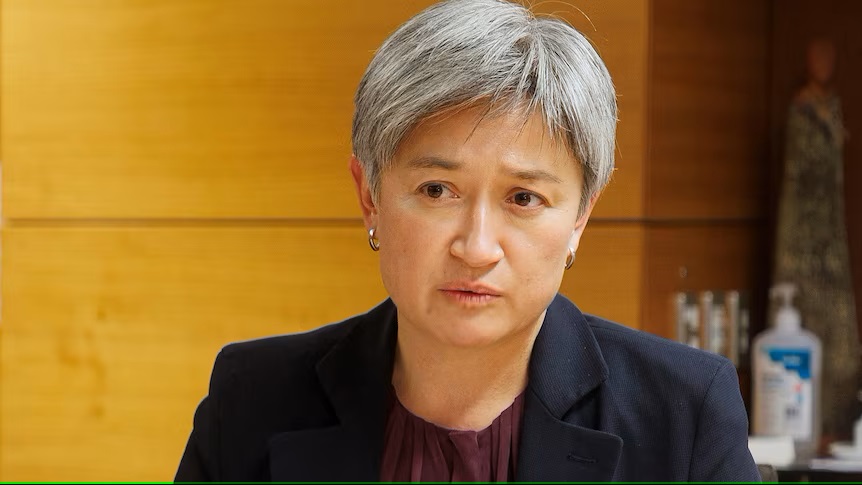The new Oceans Treaty (also known as the High Seas Treaty) that has been reached following 15 years of negotiations facilitated by the United Nations, will bring sustainability to marine conservation efforts, Australian Foreign Minister Penny Wong has said.
High seas comprise up to 60 percent of the Earth’s surface. With an appetite to tap into the natural resources of the oceans ever increasing, the Oceans Treaty’ or Biodiversity Beyond National Jurisdiction creates a framework to protect the environment and a basis for international cooperation.
Delegates of the Intergovernmental Conference on Marine Biodiversity of Areas Beyond National Jurisdiction brokered the agreement this month on talks that had commenced in 2004.
As a result of the agreement between UN member states, Marine Protected Areas (MPAs) will be established on the high seas and a new regime to regulate the use of marine genetic resources will be created.
The treaty, whose formal text will be adopted in the coming months, will also put in place a rigorous environmental impact assessment process to achieve so-called nature-positive outcomes.
It will also ensure that Indigenous interests and local communities are recognised.
Australia’s foreign minister Penny Wong said the treaty was a “remarkable milestone” and particularly significant for the Blue Pacific Continent, whose people relied on the ocean for their livelihoods and food security.
“The government is delivering on its election commitment to protect the world’s oceans,” Wong said.
“Australia’s support has also enabled Pacific participation in the historic negotiations.”
Australia joined many other countries, including Pacific Island countries, to form the High Ambition Coalition to get the deal across the line.
The treaty builds on efforts by Australian representatives last December towards the Montreal Biodiversity COP, where a global diversity framework pledges to protect a third of the world’s biodiversity — on land and sea — by 2030.
However, members of the academic community have expressed concerns that the wording of the treaty — specifically “30 percent of the world’s oceans into protected areas” — might permit environmentally damaging extractive activities.
Marine ecology expert Professor David Booth from UTS said he welcomed the news of the new Oceans Treaty but cautioned that without stronger wording activities that threatened biodiversity in the high seas could be allowed under the banner of “sustainable use”.
“Only ‘no take’ marine sanctuaries that prohibit extraction of any kind are effective in conserving ocean biodiversity, and the treaty must specify 30 percent no take marine parks,” Booth said.
The University of Sydney’s Associate Professor Eleanor Bruce also underscored the importance of marine protected areas. Sustainable use of these vast resources was critical for climate and food security reasons, she said.
“Establishing a network of large-scale marine protected areas within the high seas can provide an effective mechanism for safeguarding marine biodiversity,” Bruce said.
“The challenge will be in determining indicators for achieving marine protection, how these large scale marine protected areas will be monitored and how progress towards these targets will be assessed.”
UN secretary-general António Guterres issued a statement through his spokesperson describing the step forward as a “victory for multilateralism” and gave hope for the future.
“This action is a victory for global efforts to counter the destructive trends facing ocean health, now and for generations to come,” Guterres said.
Non-governmental organisations, civil society, academic institutions and the scientific community also played a pivotal role in realising the treaty.
Minister for water and the environment Tanya Plibersek said international cooperation was vital to protecting the world’s oceans.
“Australians know how important marine protected areas are in our own country — sanctuaries for marine life to grow and flourish. This treaty puts a framework in place to establish Marine Protected Areas in the high seas, leading to stronger protections for oceans around the world,” Plibersek said.
“This treaty will give us a huge boost towards meeting our global biodiversity goal of protecting 30% of our earth’s oceans.”
SOURCE: THE MANDARIN/PACNEWS














